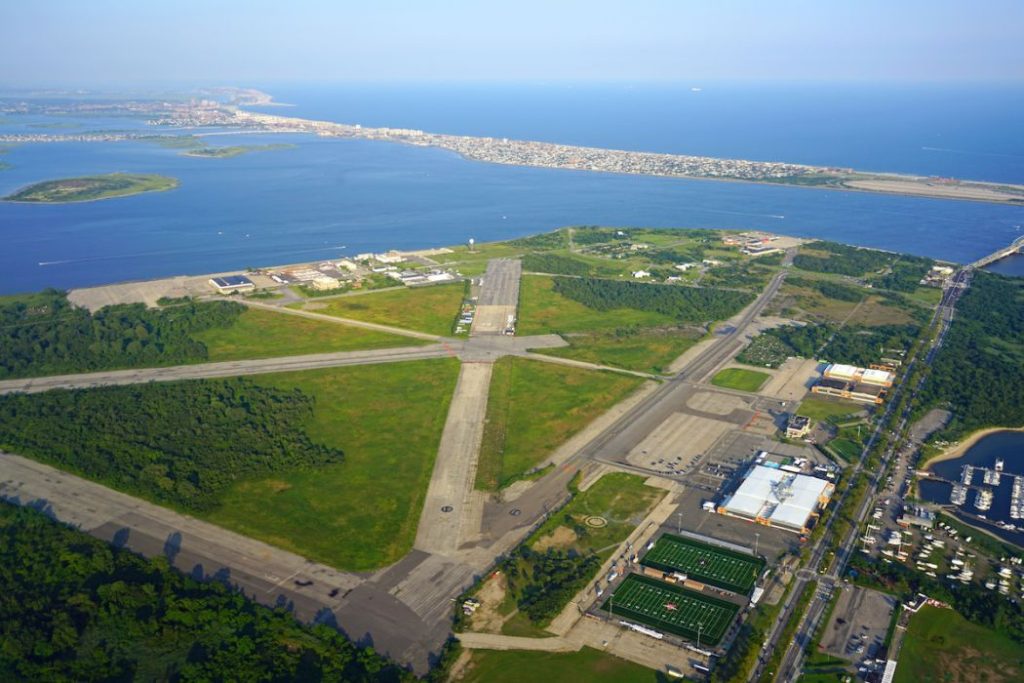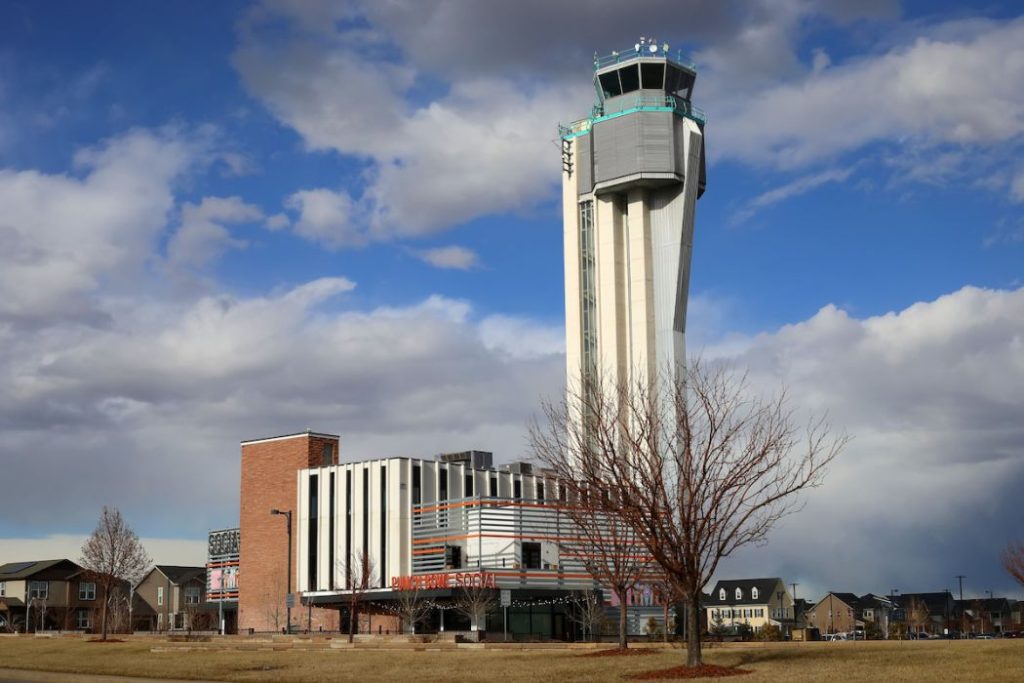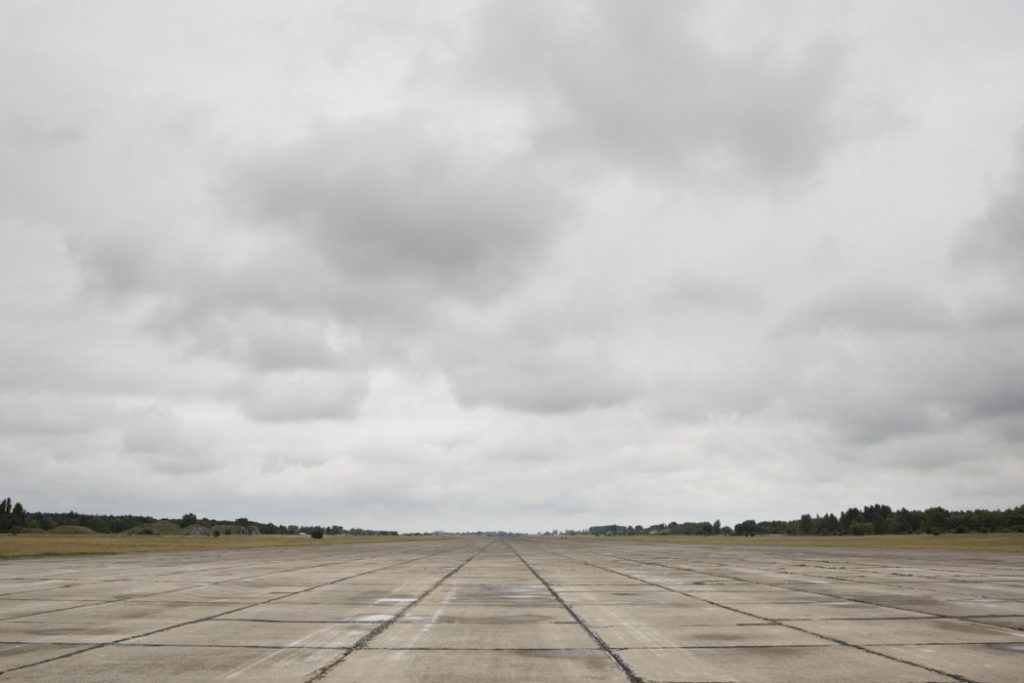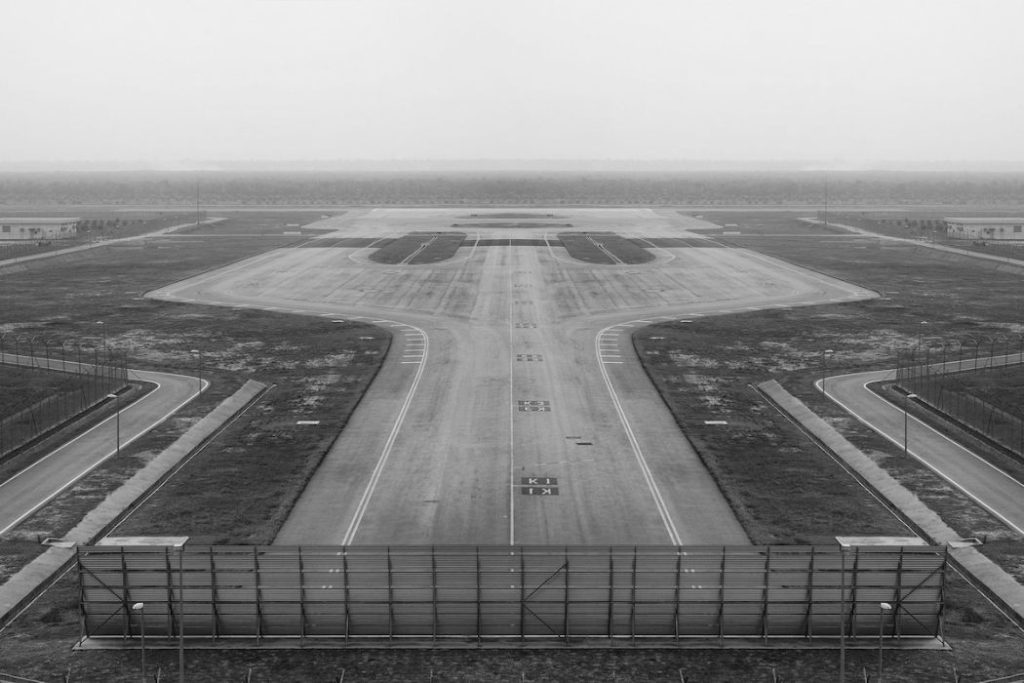There are approximately 2,000 abandoned airports across the United States. That number can be overwhelming when you are trying to narrow down which location you should visit to make the most of your trip.
Why should you see these 7 abandoned airports?
The histories of the sites and the state of disrepair that the buildings and runways are in are what people look for when visiting abandoned airports. Each of these airports has a unique history, interesting reasons for closing, and they are in various states of demolition.
Floyd Bennett Field: Brooklyn, New York

This airport started as a one compacted dirt airstrip. It served a single pilot who would use the strip as a place to land after going on joyrides. The secret landing spot was taken when this site was chosen to be the location for the first municipal airport in New York.
The little piece of land that the airstrip sat on wasn’t all that big; certainly not big enough for the airport plans. So, instead of relocating the proposed airport, New York brought six million cubic yards of sand from Jamaica to expand the tiny island, raise it 16 feet above sea level, and connect it to the mainland in Brooklyn.
The airport opened halfway through the golden years of aviation in 1931 and was named after Floyd Bennett who received a Medal of Honor in 1926.
During the golden years, Floyd Bennett Field saw some pretty famous aviators. Charles Lindbergh, Jackie Cochran, and Howard Hughes (who started and ended his 91 hour, record-setting, circumnavigation around the world in 1938) were some of the most famous visitors.
During World War II, the airport was turned into a Naval Air Station where aircrafts were able to patrol the Atlantic coast.
The NYPD runs a small emergency helicopter out of the airfield, but that’s all the aviation this airfield sees now. Now the space sees a lot of campers. The National Park Service has 90 campsites since nature has reclaimed most of the buildings and hangars.
Stapleton International Airport: Denver, Colorado

Stapleton Internation Airport opened on October 17, 1929, under the name Denver Municipal Airport. It received its first major expansion and a new name in 1944. The airport was renamed to honor the Denver mayor, Benjamin F. Stapleton.
For 40 more years, the Stapleton airport underwent more expansions and renovations, until plans were made in the mid-1980s to shut the airport down.
There were several reasons for the closure, including noise complaints from the nearby communities and poor runway planning, but it was the inability to expand any further that rendered the airport useless.
On February 25, 1995, Stapleton International Airport launched its last flight. After the flight, the remaining vehicles were sent to Denver International that opened for business the following day.
The original plan was to lease out the empty space at Stapleton, but there weren’t many uses an old airport could serve. When a hailstorm in 1997 did considerable damage to the roof and resulted in extreme water damage, the city had no choice but to tear the buildings down.
Even though most of the buildings were torn down, you can still see the control tower. It has been left as a monument to remind visitors of the history of the international airport.
Johnston Atoll Airport: Johnston Atoll, United States Minor Outlying Islands

Johnston Atoll Airport was originally Johnston Island Air Force Base. It was first built in 1935, and by built, I mean the bare minimum of the word. The Navy had put in a landing strip to make the island function for what they needed.
Over the next few years, they developed buildings, and boat landings, seaplane launches, and they built the island up to provide plane parking.
They also built underground barracks to hold 400 men, a hospital, a mess hall, and a radio station.
In February of 1941, the island was declared a Naval Defensive Sea Area. On December 7, 1941, when Pearl Harbor was attacked, several of the buildings were destroyed, but there were no injuries.
Over the next few decades, this area was used as a refuelling depot, a testing site for nuclear weapons, and a place to store and dispose of chemical weapons. The airport officially closed in 2005, and the area is now considered a National Wildlife Refuge.
Sharpe Field: Tuskegee, Alabama
Sharpe Field, originally called Tuskegee Army Airfield, was designed and built by Hilyard Robinson in 1941. This airfield took graduates from Moton Fields, the facility to train African-American pilots during WWII, and gave them advanced training.
In February of 1942, the second African-American Army Air Forces ever to be activates was done at Tuskegee and they completed their advanced training on March 7. By 1943, they had been deployed to Italy.
The airport closed in 1946 and was reclaimed by the town. It was reopened as Sharpe Field “at some point between 1945 – 62” according to the Airport Directory in 1962, but it closed again in 1971.
It then closed and reopened twice more; first as an attempt to use the space as an oil refinery, and the second attempt was used as a site to test a blip deployment.
The one runway airfield now sits abandoned. If you’re lucky, visitors can see some equipment in the ramp area of the airfield during visits.
Galeville Military Airport: Shawangunk, New York

In the early 1940s, this swampland was filled in to become Galeville Military Airport. It served as a space to train pilots for World War II. It was shut down soon after the war ended, but the space was used to train FBI agents and the U.S. Marshals Service.
The property was no longer needed in 1994, and ownership of the space was passed to the U.S. Fish and Wildlife Service. It became the Shawangunk Grasslands National Wildlife Refuge, and the area has been reclaimed by nature.
There is grass growing through the cracks in the runways, trees have started expanding into the space, and nearly 180 species of birds can be seen here.
Louis Armstrong New Orleans International Airport: New Orleans, Louisiana

This abandoned airport is unlike any other on this list. It’s not an entire abandoned airport, but a single airport terminal.
In November of 2019, Louis Armstrong International Airport opened a new terminal that cost $1.3 billion.
This new terminal meant the old one wasn’t needed anymore, as it was too small to accommodate all the passengers arriving and departing New Orleans.
The abandoned terminal served New Orleans well. Countless tourists arrived through this terminal for Mardi Gras, and it was a safe space for victims of Hurricane Katrina.
The terminal had a great last day. On its last day of operation, this terminal saw almost 15,000 travellers.
Just because it sits abandoned now, doesn’t mean it has started falling apart. The lights are still on, the air conditioning is working, and the old terminal has been kept clean.
Marine Corps Air Station: Irvine, California
This airport had its runways built in 1942. It was a huge airfield designed to be a Master Jet Station, capable of handling the landing of the largest aircrafts in the military inventory.
Hangars, barracks, and officer quarters were built shortly after the construction of the runway. The buildings were used to house, organize, equip, and train men who were returning from the Battle of Guadalcanal.
It was already the largest Marine air station, but in 1944 funding was approved to double the size and operation of the station.
You can see the air station without ever travelling to California. ‘Independence Day’ starring Will Smith was filmed at the air station. Shortly after the 1996 movie, the station closed on July 2 in 1999.
That wasn’t the end of the air station! It has recently been used to film ‘Top Gear USA’.
Final Thoughts
Miltary, movies, Mardi Gras, and more. Each of these airports has something new and unique to show you. If you want to find more abandoned airports in the U.S. you can check out this website.




